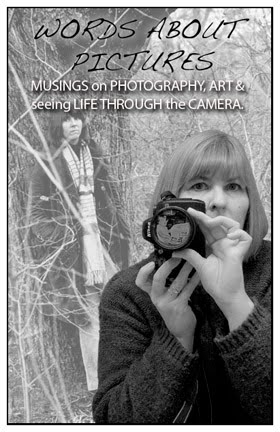 |
| Mama eagle in May 2015 |
Watching bald eagles or any creature best observed from a distance can be expensive. If you're an avid birdwatcher, you have spent quite a bit on high-powered binoculars and spotting scopes. If you're a photographer, you find that you just need 100 millimeters more (at a cost of another $900-$5,000) to capture and share what you're seeing. When I started photographing a pair of eagles nesting not far from my neighborhood in April of 2011, my longest lens was 300mm. Two years later, I acquired a 400mm lens, which gave me much more insight into the lives of these beautiful birds.
 |
| Mama (at top) and papa - February 2016 |
Last nesting season, I photographed my favorite eagles several times but the nest was out of view. Their nest came down in 2014 and two babies were lost, so I'm sure that's why the 2015 nest was in a very protected space. You could hear them but the only views were of mama and papa outside the nest. I did quite a bit of traveling last summer, so I didn't witness how many eaglets fledged. Some of the images I captured last year are posted in my
Flickr gallery.
This year, I have a 600mm lens and am very happy to know that our dedicated eagle parents are again nesting. There's also good chance I will have a better view. This year's nest appears to be in a taller tree that is in better view. Yesterday, I talked to one of the neighbors with a backyard view of the nesting area. Together we estimated that the pair must be 16-17 years old. The houses with backyards near the nesting area were built 12 years ago and they've been nesting there every year.
So begins a new cycle of life and my sixth year of learning the way of the eagle.
























